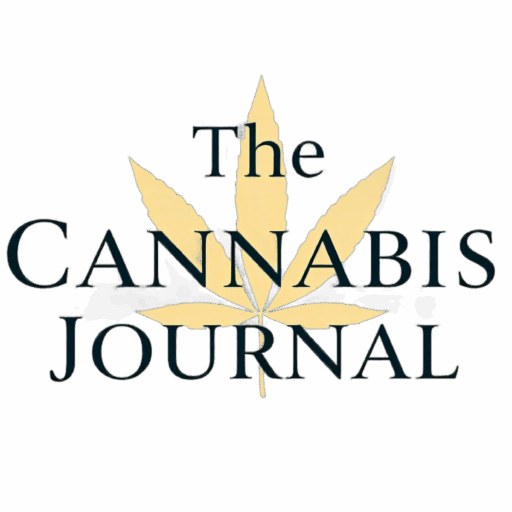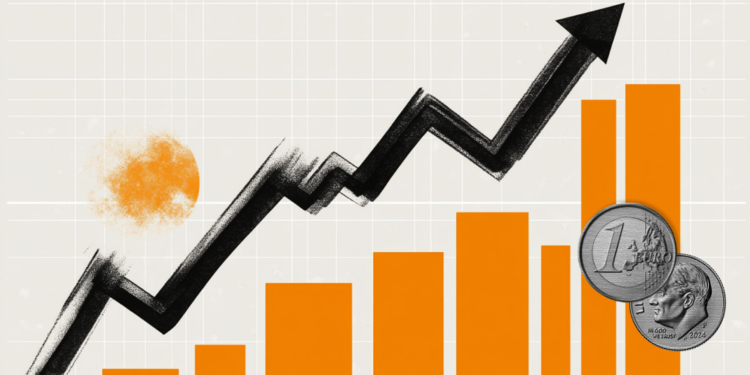Highlights;
- EUR/USD nears a one-week high of 1.1730 amid USD weakness due to Fed easing expectations.
- German inflation surpasses forecasts, potentially delaying ECB rate cuts.
- US labor data is awaited, with Fed’s September meeting and political tensions in focus.
EUR/USD Trades Near One-Week High as USDWeakens Amid Fed Rate Cut Expectations
The EUR/USD is trading near a one-week high close to 1.1730, driven by a weaker US Dollar (USD) as market participants increasingly anticipate a Federal Reserve (Fed) rate cut in September. The expectation of monetary easing has been fueled by growing concerns over the US labor market, exacerbated by tariffs imposed by President Donald Trump. Fed officials, including Chair Jerome Powell, have expressed worries about labor market risks, further solidifying dovish expectations.
The US Dollar Index (DXY) is hovering near its August low of 97.55, reflecting the USD’s underperformance. According to the CME FedWatch tool, there is an 87.6% probability of a 25 basis point rate cut at the Fed’s September meeting. Investors are eagerly awaiting key US labor market data, including JOLTS Job Openings, ADP Employment Change, and Nonfarm Payrolls (NFP) for August, which will provide further insights into the economy’s health. However, US markets will be closed on Monday for Labor Day.
Daily Digest Market Movers: Euro Strengthens as German Inflation Surprises
The Euro (EUR) has gained strength, supported by higher-than-expected German inflation data. The preliminary German Harmonized Index of Consumer Prices (HICP) for August grew at an annualized rate of 2.1%, surpassing expectations of 2% and the previous reading of 1.8%. This has dampened expectations of an imminent European Central Bank (ECB) rate cut. The upward pressure on the EUR/USD pair is further supported by this development.
Investors are now looking toward the preliminary Eurozone HICP data for August, expected to show a steady 2% annual growth, with core figures rising to 2.2%. Additionally, final Manufacturing Purchasing Managers’ Index (PMI) data for August showed an improvement to 50.7, up from the preliminary reading of 50.5.
On the political front, French President Emmanuel Macron has reaffirmed his commitment to serve his term until 2027, despite an upcoming confidence vote on his proposed budget. This has led to a surge in French bond yields, with 30-year yields reaching 4.46%, the highest since 2011. ECB President Christine Lagarde has, however, stated that the French banking system is more resilient now than during the 2008 crisis.
In the US, concerns over the administration’s credibility have arisen following court rulings deeming President Trump’s tariffs illegal. Additionally, the legal dispute between Fed Governor Lisa Cook and President Trump has raised questions about the Dollar’s safe-haven appeal. This week, the USD’s movement will also be influenced by ISM Manufacturing and Services PMI data for August.
Technical Analysis: EUR/USD Aims for Breakout Above 1.1740
The EUR/USD is nearing a potential breakout above 1.1740, approaching a downward-sloping trendline from July’s high at 1.1830. The pair’s bullish momentum is supported by its position above the 20-day Exponential Moving Average (EMA) at around 1.1662. The 14-day Relative Strength Index (RSI) oscillates between 40.00 and 60.00, suggesting a sideways trend.
If the pair breaks above the August 22 high of 1.1740, it could target the July high of 1.1830 and the round-level resistance at 1.1900. Conversely, a drop below the August 22 low of 1.1583 may expose it to support levels at 1.1528 and 1.1392.
FAQ: Understanding the US Dollar
The US Dollar (USD) is the official currency of the United States and a global reserve currency. Its value is significantly influenced by the Federal Reserve’s monetary policy, which aims to achieve price stability and full employment through interest rate adjustments. The Fed may raise rates to control inflation or lower them to stimulate employment, impacting the Dollar’s value.
In extreme economic conditions, the Fed employs quantitative easing (QE), a non-standard policy involving bond purchases to inject liquidity. This measure, used notably during the 2008 financial crisis, typically weakens the USD. Conversely, quantitative tightening (QT), which involves reducing bond holdings, generally strengthens the Dollar by limiting liquidity.


